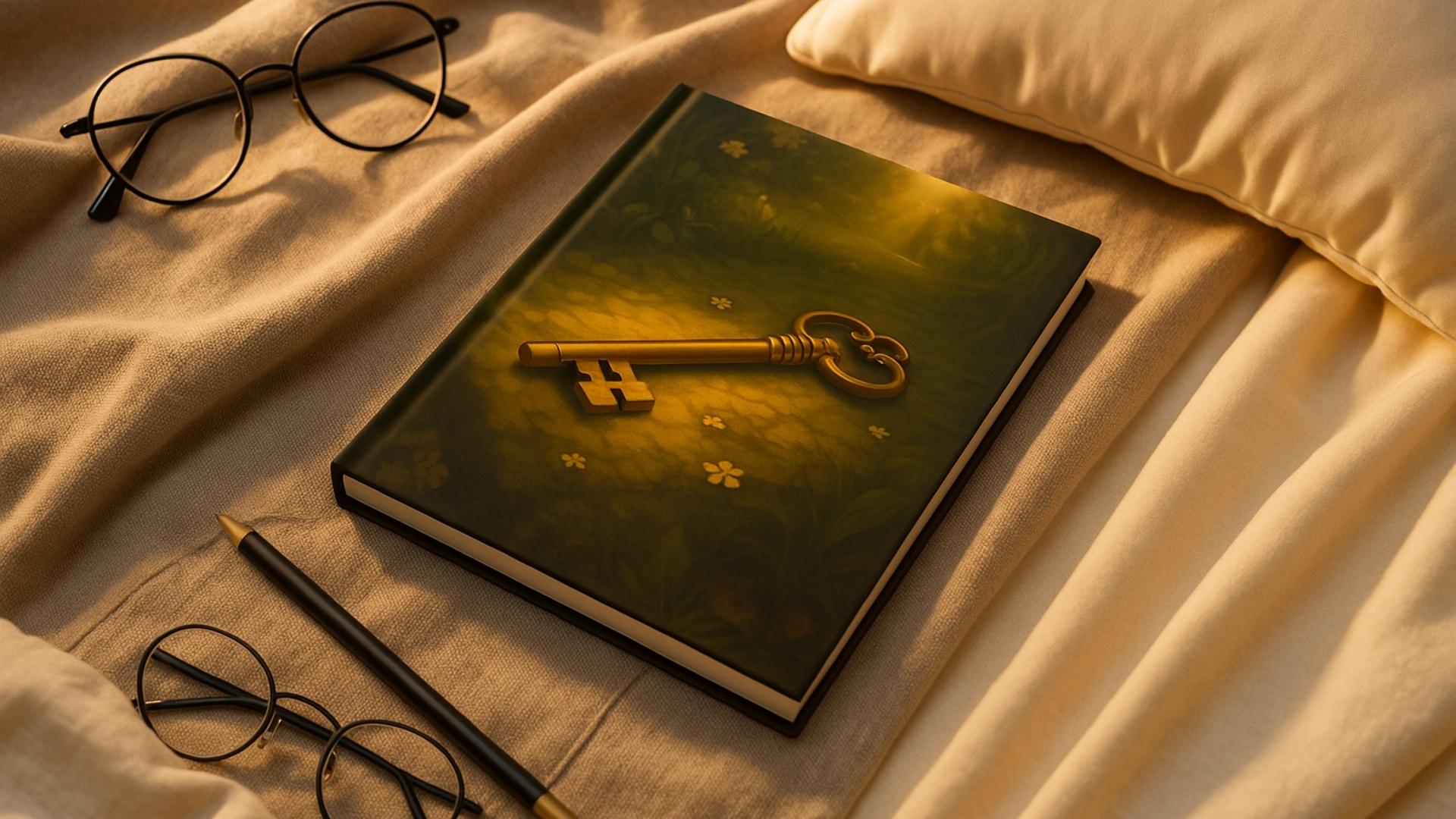A Storytelling Sunday Mystery
The house was older than she expected.
Not crumbling—but lived in. It had that scent of polished wood and sun-warmed linens, the way quiet settles into corners when no one disturbs it. She was only staying for the summer. A friend of a friend had offered it as a writing retreat, tucked into the hills just beyond the coast.
It felt too generous. But too perfect to decline.
There was one room that had clearly belonged to someone once. Not decorated—inhabited. The wallpaper was faded but not peeling, and the furniture was all from a set: warm oak, honey-colored. There was a writing desk beneath the window and a low dresser with brass handles.
And in the top right drawer, there was a lock.
Not a missing handle. Not jammed. Locked.
The first time she tried it, the drawer didn’t budge. No key was in sight. She assumed it had always been that way—part of the furniture’s past. She let it go. Writers don’t open every drawer they come across.
At least, not at first.
She settled into the house like a second skin. The days passed in warmth and quiet. She walked the trails at sunrise and wrote longhand in the afternoons. But every now and then—while brushing her teeth, or tying back the curtains—her mind would wander to the drawer.
Why was it locked? Who locked it? What was inside that someone once wanted to keep from view?
After two weeks, it became a ritual. Every night before bed, she’d sit at the desk and try the drawer once—just to see. It never gave. But somehow, that made it feel more like part of the room’s rhythm.
Until the morning the key appeared.
It was on the stone step outside the back door. No note. Just a simple brass key, slightly tarnished, the exact shape you expect to find in forgotten novels or old memory boxes.
She turned it over in her hand and knew.
That night, she opened the drawer.
Inside was a journal.
It was slim, bound in soft brown leather, the kind that gives under your fingers. There were only a few entries, dated long before her time. The handwriting was precise and slanted—thoughtful.
“August 4. I only write in here when I need to say it but can’t say it aloud. That’s the rule.”
“August 6. She brought me roses. Not because it was romantic—but because it wasn’t.”
“August 9. I left the key where I found the letter. I hope it ends with her.”
She flipped forward. A blank page. Then one more entry—this one undated, different ink.
“If you’re reading this, I assume the drawer agreed with you. Some things find their way to the right hands.”
The next page was blank. So was the one after. The rest of the journal had been left untouched, waiting.
She closed the drawer softly. The house didn’t feel different—exactly. But it did feel aware. Like something had been allowed to rest. Or like it was watching her with a kind of quiet gratitude.
She kept the journal.
Not to finish someone else’s story—but to begin her own. She writes in it now at the same desk, each evening as the last light fades behind the trees. Never many words. Just enough.
She still walks past the drawer every night.
And once in a while, when the wind stirs just right, she swears she hears the clink of a brass key—resting gently in the place it always meant to return.
Some pages are meant to be found—slowly, softly, and in their own time. The Vintage Key Journal is made for thoughts unspoken, tucked away like memory in a locked drawer.

